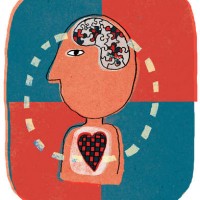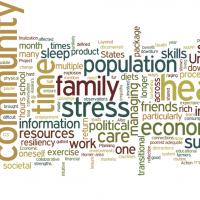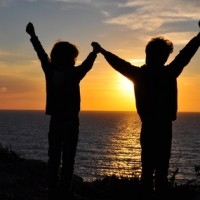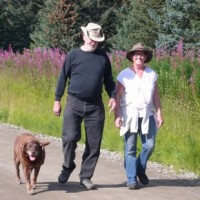
Community Resilience Starts with You
January 26
[Posted in the Homer News on 1.7.2016] By Kyra Wagner It’s a new year. Did you come up with a list of resolutions or decide to throw them all out Read More

One service that MAPP provides to our community is outreaching progress and celebrating collaborative work that is improving our community health. Check out our recent articles published in local media, such as the monthly 'RoadMAPP to Health' columns in the Homer News, and our monthly MAPP newsletters.

[Posted in the Homer News on 1.7.2016] By Kyra Wagner It’s a new year. Did you come up with a list of resolutions or decide to throw them all out Read More

[Posted in the Homer News 12.3.15] By Kyra Wagner What is it you love about your community? What are your impressions of what needs improvement? These might be the kind Read More

[Posted in Homer News on November 5th, 2015] By Kyra Wagner When I recently got in touch with Dave Branding, CEO of South Peninsula Behavioral Health Services (the Center), I Read More
Developing relationships and fostering connection is the foundation to creating a healthy and resilient community full of thriving people. In late October 2015, a Connection Packet was mailed to Homer Read More

[Posted in Homer News on September 30th, 2015] by Kyra Wagner When it comes to creating a healthy, resilient community, there is one term that is even more important than Read More